There are tons of things to see and do in Catalunya, and I always do my best to get out and to explore.
One of the places that I have enjoyed visiting and taking visitors to is the wine cathedral which is in the nearby village called Pinell de Brai.
The wine cathedral at Pinell de Brai
In a small village close to the River Ebro stands a large ostentatious brick building inlaid with a beautiful coloured frieze, yet the biggest surprise of all lay inside. Debs and I took the self-guided audio tour and wandered around listening to the history of the place.
We learnt that the cathedral was constructed between 1919 and 1922. At this time in its history. the region was prosperous from wine and olive oil production and the government, wanting to put Catalan culture on the map authorized the building of large modernist cathedrals to house the newly formed wine and oil cooperatives and the farmers’ unions.
Cesar Martinell, who studied under Gaudi, was the architect who designed the cathedral in the village of Pinell de Brai. He wanted to dignify the workers’ work and build a grand place but he also listened to them and their needs and he incorporated state of the art specialist equipment inside.
Beginning outside we learnt that the frieze had been completed at the same time as the cathedral but with mounting debts it was thought to be a little inconsiderate to flaunt the 42 metre long art work so the tiles were hidden away ; and were kept hidden during the Spanish civil war, until they were finally added in 1950.
Inside, the main hall is dominated by 46 giant cement tanks. There are a further 25 tanks underground – the wine cathedral can hold up to 2.5 million litres of wine. On the tour tourists can interact with a sensory game and try to identify different wine-related aromas in a bouquet tunnel which was good fun.
Climbing the stairs to the top floor you really get a feeling for the grand scale as the largest brick arches in the world dominate the space – at 19 metres high they parallel the great cathedrals, which was of course, Cesar Martinell’s plan.
As I said previously, Cesar designed more than just a pretty building. A`long beam stretches across the top floor containing an endless screw used in the crushing process. Much of the wine production here uses gravity in the process which ensures that the grapes are minimally affected.
The building was also home to an olive oil mill. 3 huge conical stones would have once ground the olives to a paste before it was put into the crushers. The original equipment is still here and although it is no longer used but looks in pristine condition.
At the end of the tour in the little shop you can have an optional wine and oil tasting which Debs and I were more than happy to trial. I am happy to report that the oil was delicious and the wine excellent. There is also a restaurant upstairs which serves lunch and while we didn’t eat here, the business owners also have a Michelin star restaurant nearby so I suspect that the food would be good.
The Menu del Dia
Food and drink feature highly on any visit to Spain. Of course, when you can buy a very acceptable cava for under £2.50 (that is for a whole bottle not a glass) it is always going to feature highly.
Wherever you are in Spain, the menu del dia is your food friend. This concept was introduced by Franco who wanted to ensure that all labourers had access to good, wholesome, affordable food and he and his government insisted that restaurants offered this alternative cheaper option alongside their a la carte menus.
The small village of Benifallet is blessed with several restaurants and bars which all serve excellent food but time and time again I return to Xiringuito’s. The atmosphere is relaxed, even during the hectic August lunch times, due in part to the fact that its family owned and it all runs like a well-oiled machine. The food that comes out of the kitchens is always of high quality and is usually based on local recipes, and there are no half measures when it comes to the drinks on the table either.
You do have to book a table on the days when they serve up their paella, but for me, their black rice is the best. Salty and ever so subtly squidy this is my personal measure of a good restaurant in Spain and Xiringuito wins hands down for their version of it.
The Menu del Dia in Spain typically consists of a starter or an aperitif, then you have a first plate and next a second plate, all of which are usually accompanied by bread, olives and alioli (garlic mayonnaise). There will be a postre (desert) and the optional coffee to finish up and all is usually washed down by wine or water, one of which is included in the price. Quality and prices vary around the country but the best by far are in the local villages and even in the restaurants that are attached to the petrol stations.
Each of the nearest gas stations as they are known to Benifallet offer good food; one offers food cooked over open coals and the other at the Tamoil station offers home style cooking from its Bulgarian owners and you are hard pressed to find a table here as it is frequented by lorry drivers, workers and locals alike.
People also travel an awfully long way to dine at the local hotel in Benifallet which is called Pepo’s. This hotel boasts a restaurant with an incredible choice of dishes, many of them of local origin but also some with more adventurous twists from further afield. The wine menu is extensive and the restaurant cool and calm; again you will often need to book in advance as it is so popular here.
Hiking to the Cruz de Santos (Saint’s Cross)
One evening when the temperature was still thirty something degrees a group of about thirty people gathered in the road outside the bars of Benifallet. Piling into cars we drove up into the mountains to the abandoned Cardo Monastery. The road hugs the side of the mountain and has spectacular views across the valley and as you emerge through a tunnel cut into the rock you can see the impressive abandoned monastery standing on its bluff of rock which hangs over the valley.
But this evening we were not there to see the monastery. We were there to hike to the summit of the Cardo mountain and to the Cruz de Santos. With the high temperature it was never going to be an easy hike but the group set off at a fast pace. Trying not to puff and pant too much, both my friend and I kept up the pace! The hike covered 7.5 kms and we climbed 581 metres. I have done worse hikes but the terrain was tricky in places with loose rocks and steep sides along the path although the views were worth it. We passed several of the many abandoned hermitages along the route that were a spin-off from the monastery, some of them perched impossibly on sharp needles of rock.
I learnt how the monks used to live alone in each of them and as a safety precaution they would all ring their bells at a designated time of the day. One day, one of the bells was silent so a rescue party went to investigate, only to find the monk enjoying the company of the local prostitute! The enraged rescuers banished the monk and they set the hermitage on fire as it had been desecrated by the monk’s actions.
As we climbed we emerged from the tree line and had views far out and over to the coast and the Ebro Delta as well as to the mountains which rolled on and on. And then came the event that we had climbed for. As smoky grey cloud billowed up from below us and crept up to the peak on which we were standing and sitting, the sun set in the west bathing everything in its golden glow whilst opposite in the east, a full moon rose in the darkening lilac/blue sky.
We all took photographs and settled down to eat our picnics on the rocks with the view surrounding us all around at 360 degrees. And then, in the dark, we put on our head torches and set off back down the mountain.
Making and meeting a new friend.
I am a great believer that strangers are simply friends that you have not yet met and this story proves that.
On one of my visits to Spain I was in the queue at Bristol airport waiting to fly out to Barcelona when a lady in front of me turned and struck up a conversation. We continued to chatter away, even though by now I was kneeling on the floor and holding up the queue because my suitcase was overweight. The weighing scales that I had used before leaving home were not exactly accurate and I had to ‘lose’ several kilos of stuff. Anyway, I was choosing which stuff to dump (airports – PLEASE provide special bins and take this stuff to a charity instead of landfill). The honey-nut cornflakes had to go and sadly several books but Louise and I continued to chat. I told her how I was planning to eventually head to Peru and as she had once been married to a Colombian we swapped addresses.
But instead of never getting around to it like happens so many times, we actually wrote to each other. Granted, we didn’t get around to it much, but we did occasionally write and we swapped news. And finally, after four years we were in the same place at the same time and Louise treated me to a glorious lunch at a Michelin star restaurant in Cambrils.
We had a lovely meal at the Rincon de Diego in Cambrils which comprised of a whole table of tastes of the the delicious food then later Louise gave me a tour of the area in her neat little red sports car before we went back to her home for a drink.
We had a lovely afternoon and didn’t stop talking about all sorts of things, which goes to prove my point that there are no strangers, just friends that you have yet to meet.
We could have just smiled at each other in the queue at the airport and we certainly didn’t have to exchange email addresses. We never had to write or to take the time to find out a little bit about each other, but I am so glad that we did. And the next time that a stranger strikes up a conversation with you somewhere, make an effort to reply. Who knows, you may become very good friends one day in the future.
We had a lovely meal at the Rincon de Diego in Cambrils which comprised of a whole table of tastes of the delicious food and then later Louise gave me a tour of the area in her neat little red sports car before we went back to her home for a drink.
We had a lovely afternoon and we didn’t stop talking about all sorts of things; which goes to prove my point that there are no strangers, just friends that you have yet to meet.
We could have just smiled at each other in the queue at the airport and we certainly didn’t have to exchange email addresses. We never had to write or to take the time to find out a little bit about each other, but I’m so glad that we did. And the next time that a stranger strikes up a conversation with you somewhere, make an effort to reply. Who knows, you may become very good friends one day in the future.
Catalunya has many customs and traditions and one of the most adrenaline fuelled must be the Correfoc which incorporates, dragons, fireworks and drums. Click here to go to my article with more information on this crazy, crazy custom and I will bring you more articles about the customs and traditions in future articles.
This article was originally published in September 2015 and was rewritten and republished in August 2023.

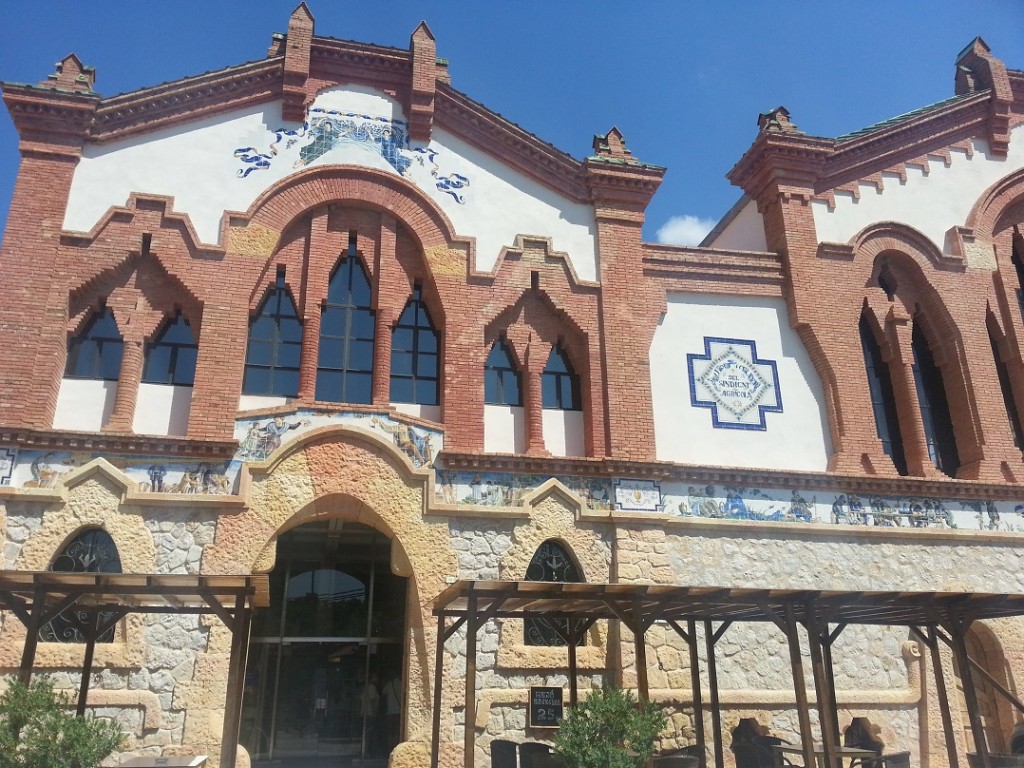

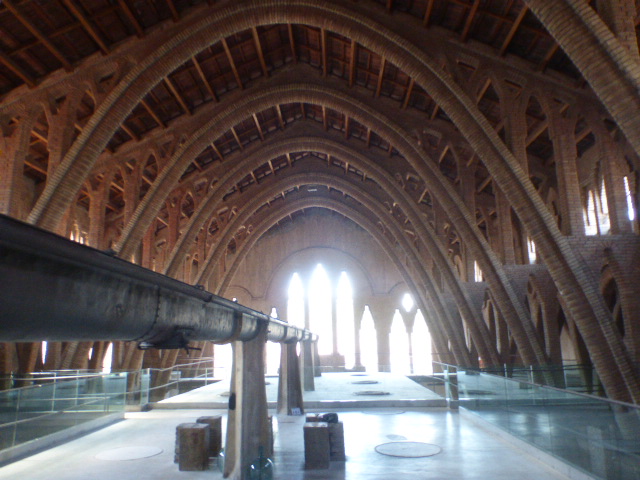


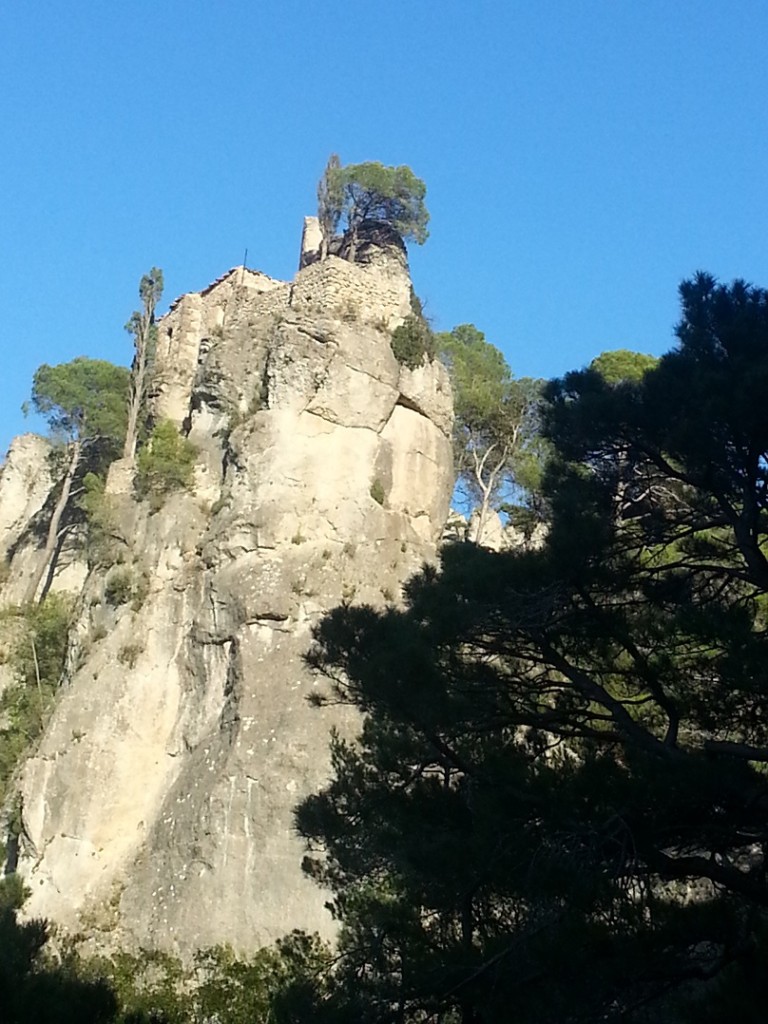
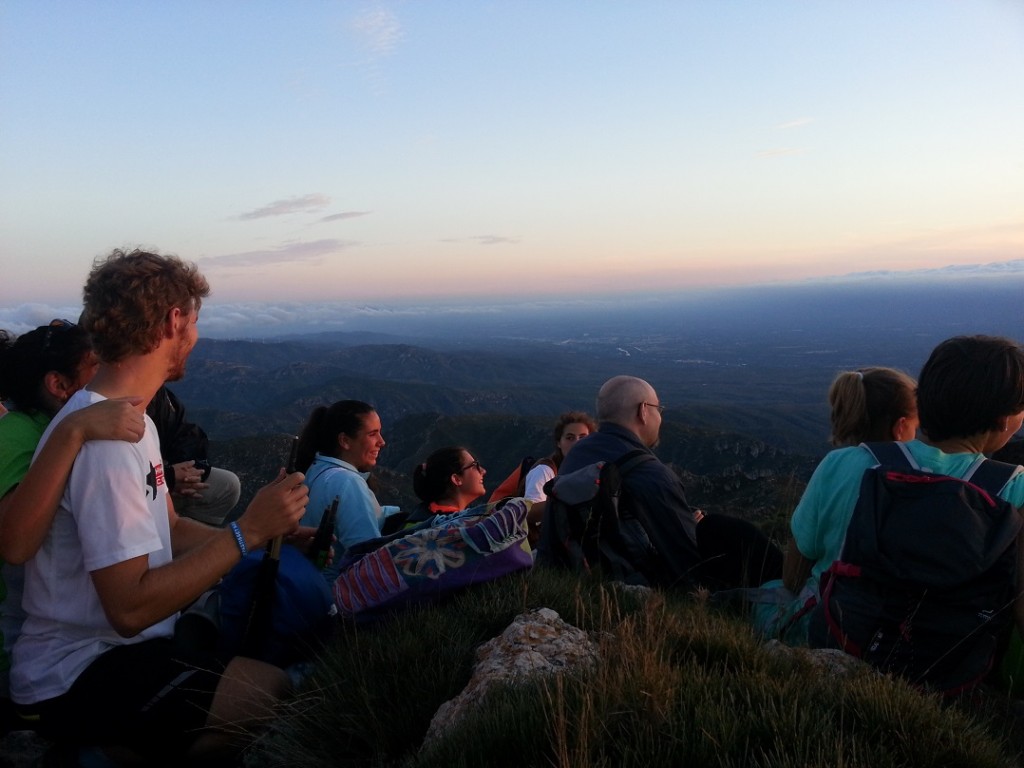
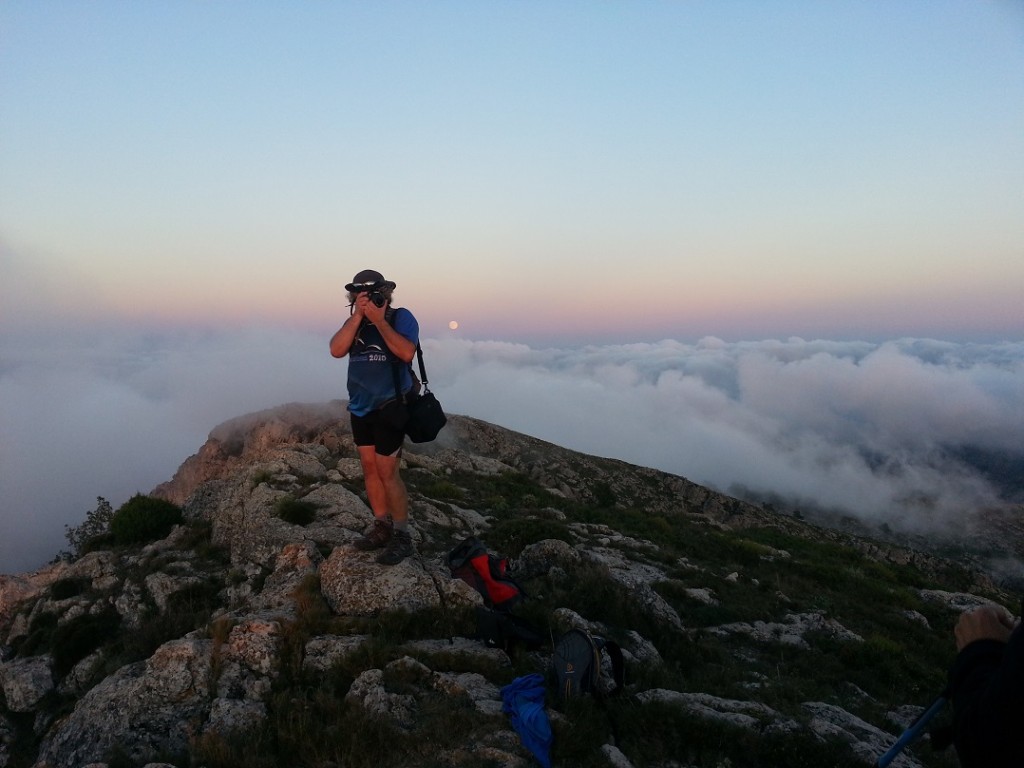
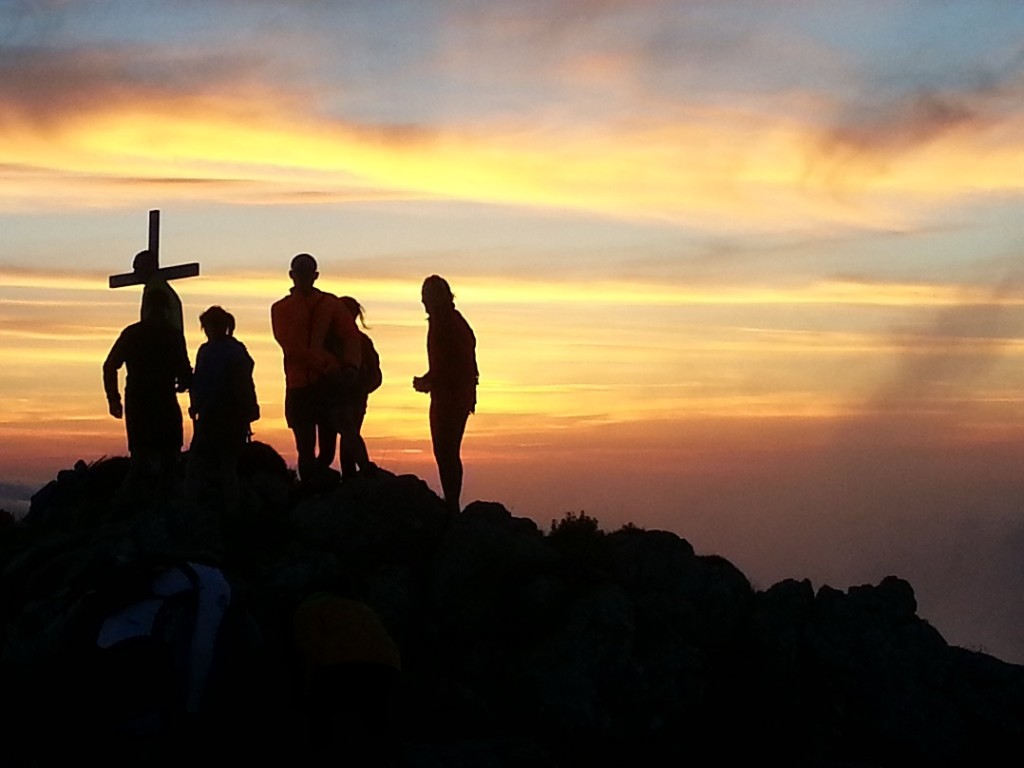
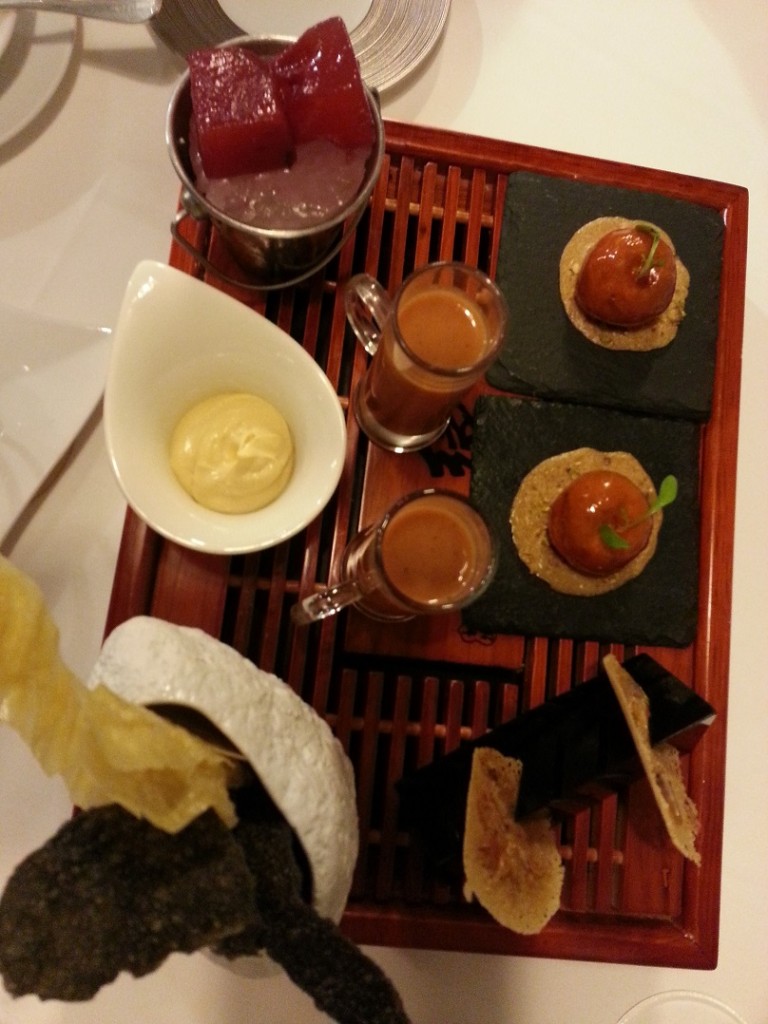
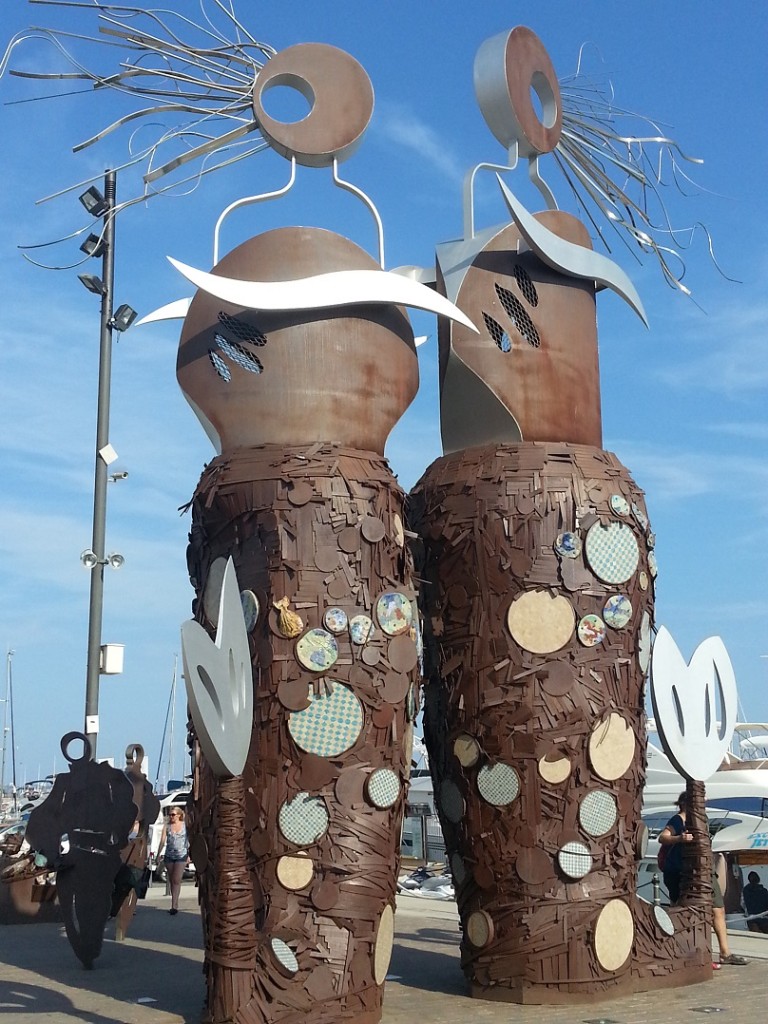
Hiya, I must admit I have a big soft spot for Catalunya and would love to explore it as you have, it’s so beautiful and yes the food is yummy! Naughty monk! Remind me to tell you about the ones in Sri Lanka some time. I have and will never have travelled as you have but have been fortunate to move around a lot throughout my life and because of that have made some wonderful friends and have a very versatile outlook on life, as do you. It’s a treasured thing, keep enjoying it my friend. X
I would love to visit Sri Lanka one day – it looks beautiful.
Great post! The wine cathedral sounds fascinating. Do you know if it’s open year-round? Also, is it easy to get there by public transport from Barcelona? Planning a trip and this seems like a must-see. Thanks for sharing!